
How to Retire Young and Rich
Turn Today's Fantasy into Tomorrow's Reality with This Complete Planning and Survival Guide
Recommendation
Joseph S. Coyle offers basic advice for people pondering retirement. The book outlines straightforward strategies for saving and investing, and urges investors to start early and to put as much as they can into 401(k) plans and IRAs. So much for the obvious. Coyle also offers specific and useful guidelines for buying mutual funds and allocating assets. He realistically presents issues you may face in retirement, such as the emotional difficulties involved in leaving a career and having enough money to support your lifestyle (so buy a bond instead of that snazzy watch). Some of the book’s basic advice will seem redundant to sophisticated investors, but the more detailed information will intrigue even them. getAbstract.com recommends this book for anyone looking for guidance about saving and investing for retirement. [getAbstract.com note: The investment advice here - tax laws, stock markets, and what not - is extremely U.S.-oriented, although the lifestyle information is broadly applicable.]
Summary
About the Author
Joseph S. Coyle is the longtime editor of Money magazine, a personal finance expert, and an award-winning journalist.










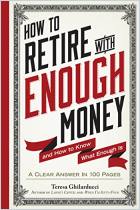
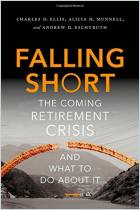
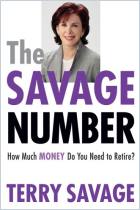
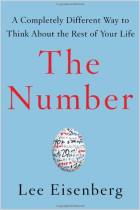
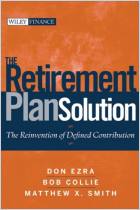



Comment on this summary or Diskussion beginnen